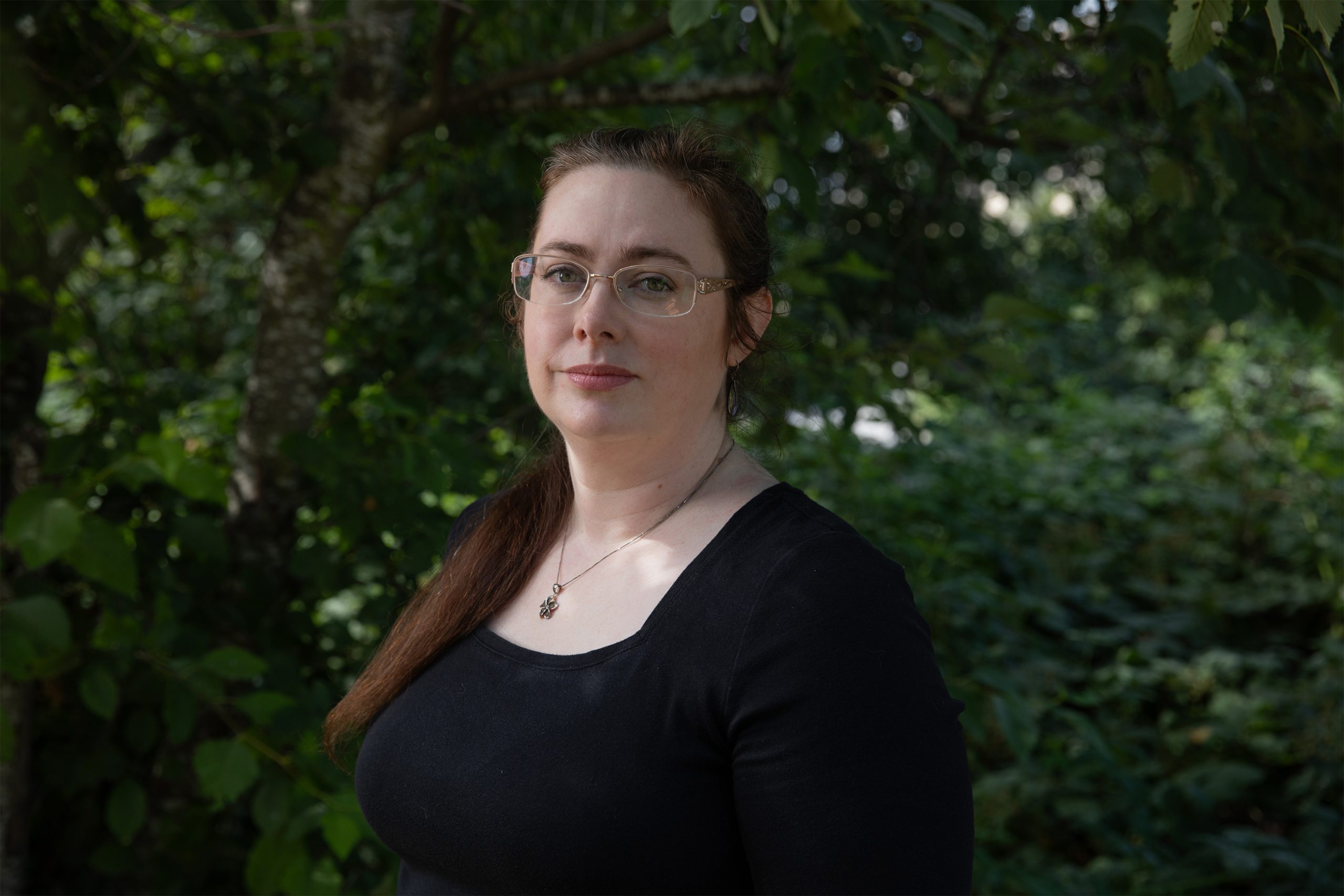Many Californians who obtained health insurance last year said they struggled to pay their premiums, although having coverage made them more confident about affording future medical care, according to a survey released Thursday.
Nearly half of newly insured adults in the state said it was difficult to afford the monthly charge and more than a third delayed or went without care, according to the survey conducted by the Kaiser Family Foundation. (Kaiser Health News is an editorially independent program of the foundation.)
The data highlight that health care costs continue to be a worry for many low-income Californians, even with more affordable insurance options available through Obamacare.
“Most of them are still in somewhat precarious financial positions,” said Rachel Garfield, senior researcher at the foundation. “Any monthly cost … can be difficult for these families to afford.”
Nevertheless, newly insured Californians appear to be using their coverage. Nearly 60 percent obtained at least one medical service, and almost half got a check-up, according to the survey.
The Affordable Care Act allowed states to expand Medicaid and created health insurance marketplaces in which consumers could receive government financial help to purchase insurance. In California, more than 4 million people obtained coverage through Medi-Cal, the state’s version of Medicaid, and the exchange, known as Covered California.
“We are seeing some ongoing challenges,” Garfield said. “But the coverage is working quite well.”
Even though the monthly premium was seen as a burden, insured consumers reported that they didn’t have as much trouble paying other medical bills as those who remained uninsured.
According to the study, about a quarter of those enrolled in Covered California said they faced costs that were higher than expected, but 84 percent said they didn’t have trouble paying for medical bills.
Covered California Executive Director Peter Lee said he wasn’t surprised that health care is still expensive for consumers, both in and out of the exchange. He said it’s an issue that Covered California is continuing to work on. The insurance exchange is now negotiating 2016 rates with health plans and recently made changes so more of consumers’ medical visits are covered. “It’s not just about keeping premiums low today,” Lee said. “We have to address underlying health care costs.”
Lee said he was encouraged by the findings that high percentages of consumers are getting preventive treatment and that most are able to access care easily.
Not surprisingly, newly insured adults were more likely than those who remained uninsured to have a regular doctor and a usual place to go for health care, according to the survey. For many consumers, that place was a community health center. Health centers made a significant effort to retain patients and attract new ones, and they opened new sites statewide to meet the need.
Some newly insured residents, however, said they had trouble getting medical appointments because of their public or government-subsidized coverage.
While only 3 percent of adults with private plans said a doctor wouldn’t see them, 13 percent of those with Covered California plans and 8 percent of those with Medi-Cal said providers turned them away. In addition, about a fifth of newly insured adults changed where they went for medical care, with most citing their insurance as the reason.
Sarah de Guia, executive director of the California Pan-Ethnic Health Network, said the survey shows that more emphasis is needed on helping consumers understand their coverage. If people don’t know what their plans cover, they might get stuck with unexpected costs, she said. About two-thirds of newly insured Californians said they understood what their plan covered, compared to about 80 percent of those who had insurance previously, the study reported.
Researchers recommended additional education and outreach to those remaining uninsured about their options and to the newly insured about their plans and insurance in general.
The statewide survey, funded by the Blue Shield of California Foundation, was based on interviews conducted with 4,555 adults in late 2014. The margin of sampling error was plus or minus two percentage points.
Kaiser Health News receives funding from the Blue Shield of California Foundation.
![]()
SOURCE: Kaiser Health News » Insurance – Read entire story here.


